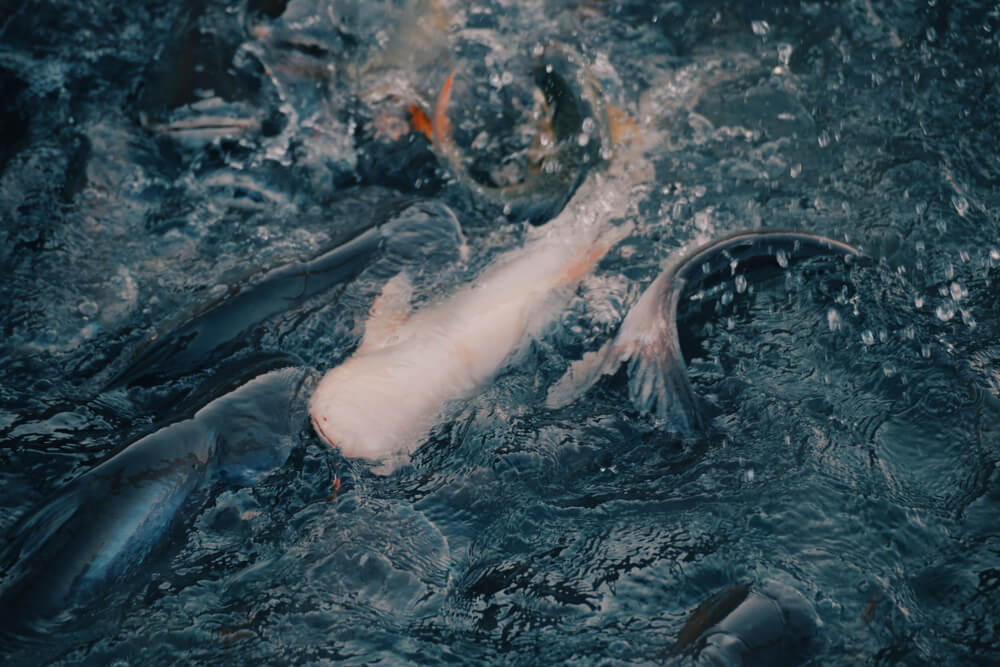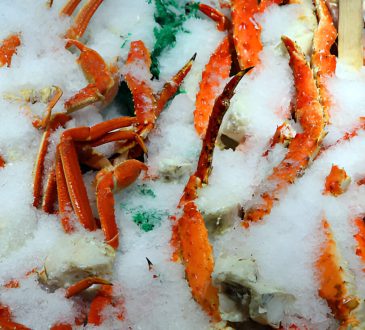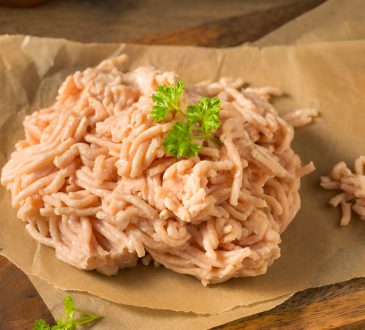
Swai fish, also known as Pangasius or iridescent shark, is a type of catfish native to Southeast Asia. This freshwater fish is predominantly farmed in Vietnam and has gained popularity worldwide due to its affordability and mild flavor. But what exactly should you know about swai fish before adding it to your diet?
What is Swai Fish?
Swai fish, scientifically known as Pangasius hypophthalmus, is a type of freshwater fish native to Southeast Asia, particularly the Mekong River in Vietnam. Often referred to as iridescent shark due to its sleek, shimmering appearance and shark-like fins, swai fish has gained popularity worldwide for its mild flavor and versatile culinary uses.
Swai fish is typically farm-raised in controlled aquaculture environments. This ensures a steady supply while maintaining quality standards. The flesh of swai is white and flaky with a slightly sweet taste, making it an excellent choice for various recipes ranging from grilling and frying to baking.
Understanding what swai fish is can help consumers make informed choices about their seafood options. Its affordability and mild taste make it a favorite among many households. However, it’s essential to consider the source of the swai fish you purchase to ensure it meets safety and sustainability standards.
What is Clean or Unclean Swai Fish

Swai fish, also known as Pangasius or iridescent shark, is a type of catfish native to Southeast Asia. It has become increasingly popular in the United States due to its mild flavor and affordability. However, there is ongoing debate about whether Swai fish is clean or unclean.
The term “clean” can refer to both religious dietary laws and general food safety standards. In terms of religious dietary restrictions, such as those observed by Jews (Kosher) or Muslims (Halal), Swai fish does not meet the criteria for being considered clean. Catfish species generally lack scales, which are required for a fish to be deemed permissible under these dietary laws.
From a food safety perspective, the cleanliness of Swai fish depends on farming practices and processing conditions. Concerns have been raised about the quality of water in some Southeast Asian farms where Swai is raised. Poor water quality can lead to contamination with harmful substances like antibiotics and chemicals. However, reputable suppliers often adhere to strict guidelines and regulations to ensure that their products meet international safety standards.
Consumers looking for clean Swai fish should verify the source and look for certifications indicating adherence to safe farming practices. By doing so, they can enjoy this affordable seafood option with greater confidence in its quality and safety.
Is Swai Fish Healthy or Not?
Swai fish, a type of catfish native to Southeast Asia, has gained popularity in various parts of the world due to its affordability and mild flavor. But is Swai fish healthy or not? This question often arises among health-conscious consumers.
Nutritionally, Swai fish offers a moderate amount of protein and is relatively low in calories. A typical serving provides around 15 grams of protein and about 70 calories, making it a suitable option for those looking to manage their weight. Additionally, Swai fish contains essential nutrients such as omega-3 fatty acids, which are beneficial for heart health.
However, there are some concerns regarding the farming practices used in producing Swai fish. In some regions, the use of antibiotics and poor water quality can affect the overall safety and nutritional value of the fish. It’s crucial to source Swai from reputable suppliers who adhere to stringent farming regulations.
In summary, while Swai fish can be part of a healthy diet due to its protein content and low calorie count, it’s important to be mindful of where it comes from. Ensuring that your Swai is sourced responsibly will help you make healthier choices for your diet.
What does Swai Fish Taste Like
Swai fish, also known as Pangasius or iridescent shark, is a popular choice for many seafood enthusiasts due to its mild flavor and versatile culinary applications. When it comes to taste, Swai fish offers a delicate and slightly sweet profile that is often compared to more familiar white fish varieties like tilapia or catfish. Its flesh is moist and tender, making it an excellent canvas for various seasonings and cooking methods.
One of the standout features of Swai is its subtlety. Unlike stronger-flavored fish such as salmon or mackerel, Swai’s gentle taste allows it to pair well with a wide range of ingredients without overwhelming the palate. This makes it an ideal option for those who are new to seafood or prefer milder flavors.
In terms of texture, Swai has a light and flaky consistency that holds up well whether it’s grilled, baked, fried, or steamed. Its adaptability in the kitchen means you can experiment with different recipes without losing the essence of the fish itself.
Overall, if you’re looking for a versatile and approachable fish that can be easily integrated into your meal plans, Swai offers both taste and texture that are sure to satisfy.
Conclusion, Making an Informed Decision about Eating Swai Fish
When it comes to making an informed decision about eating Swai fish, it’s essential to weigh the various factors involved. So, what is Swai fish? Swai is a type of catfish native to Southeast Asia, particularly Vietnam. It has gained popularity in the global market due to its mild flavor and affordability.
Understanding what clean or unclean Swai fish means can significantly impact your decision. Clean Swai refers to fish that have been raised in hygienic conditions with proper oversight, ensuring minimal contamination from pollutants or harmful substances. Conversely, unclean Swai may come from less regulated environments where water quality and farming practices are not strictly monitored.
Is Swai fish healthy or not? Nutritionally, Swai is a low-calorie source of protein and contains moderate amounts of omega-3 fatty acids. However, concerns have been raised about its farming practices and potential exposure to antibiotics and chemicals. To mitigate these risks, always opt for reputable brands that adhere to stringent safety standards.
Lastly, what does Swai fish taste like? The taste of Swai is often described as mild and slightly sweet with a flaky texture, making it versatile for various culinary applications from grilling to frying.
In conclusion, while Swai fish can be a healthy addition to your diet when sourced responsibly, it’s crucial to do your research on the brand’s farming practices and certifications. By understanding these factors, you can make an informed choice that aligns with your health priorities and ethical considerations.




